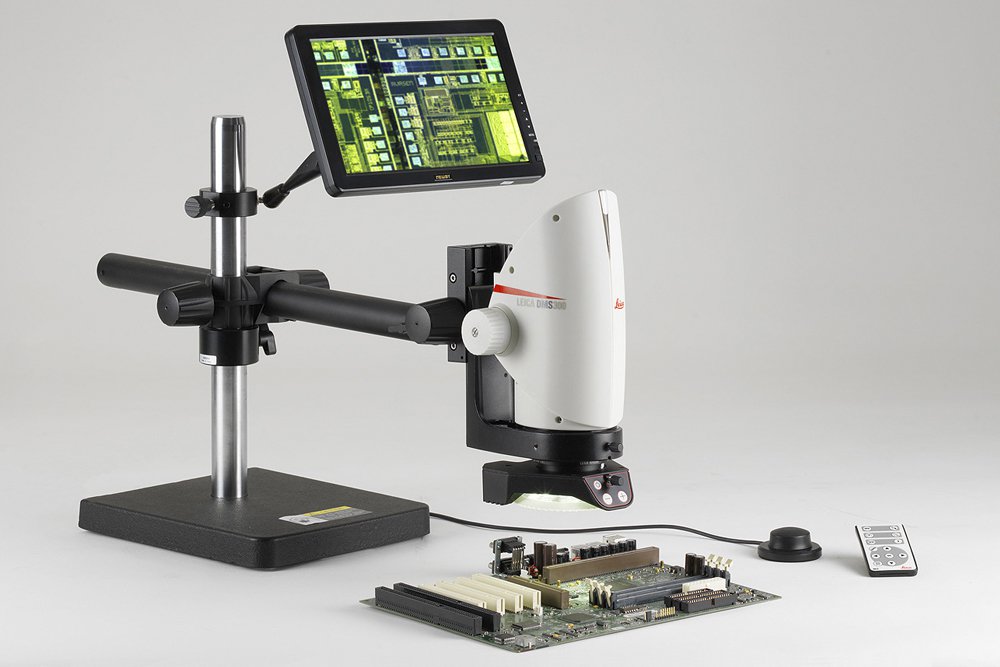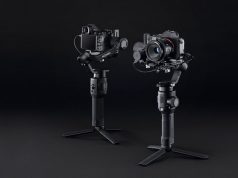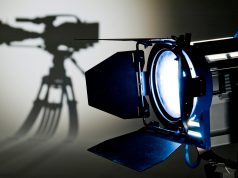Have you ever thought about microscopes and the way they changed the world?
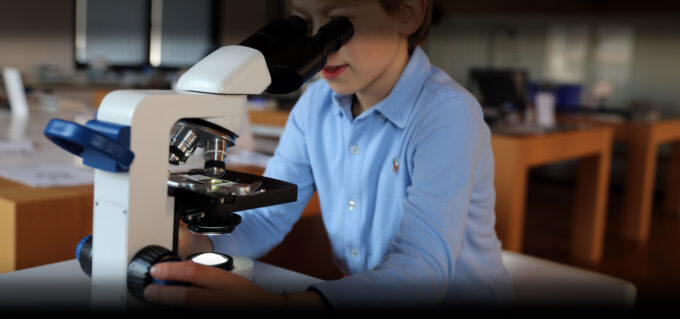
With the invention of the first microscope hundreds of years ago, the new era of knowledge has begun. What are the first things that were discovered with the help of a microscope? It is the spectacular world of tiny organisms, such as bacteria and other microscopic creatures.
But why is it significant for us today and what impact does microscope invention have on our society and the way we perceive things? The answer to this question isn’t that simple. To be able to understand the importance of microscopes, you should first understand how they work, what they are being used for, and a glimpse at the history of their use.
Microscopes have impacted many fields of our lives and many industries with the use of chemistry, biology, forensic science, dentistry and of course medicine. It is more than obvious that they greatly contributed to science, whether it’s about our health or any other aspect of society. Find out more on microscopeclub.com.
What is a microscope anyway? It is an instrument that magnifies things that are being examined, and cannot be seen any other way, because of their size or structure. Through the lens of a microscope, scientists can see an image of the object they observe, and they can also take photographs, capturing what they’ve seen, which was impossible until this revolutionary discovery.
However, microscopes are not just about magnifying – it is not their main purpose, so they can’t be classified as magnifying glasses – they are much more complicated than that. Although there are several types of microscopes of which some are complex and more complicated than others (with multiple lenses and innovative technology) the fact that these instruments are the only equipment that can provide information about certain objects – explains enough about their complexity and importance.
With the help of microscopes, doctors, scientists and forensics can access the world of the smallest structures and they’re being able to see things that would otherwise be invisible. As a result, we as a society are being able to detect and treat diseases and viruses, prosecute criminals or simply get innumerable pieces of information and gain knowledge about the world we live in – with other plants, animals and humans. This is especially important for students, who
When it comes to microscope types, there is a plethora of sizes, brands and technologies, but the vast majority of microscopes are small in size. They are mostly powered by batteries, and handling the usage of these instruments is crucial for being able to see the right images.
If we put simple microscopes aside because they are something similar to magnifying glasses, there are light microscopes, stereo microscopes and scanning electron microscopes, as well as transmission electron microscopes. On top of all that, we have digital microscopes as modern variations of light microscopes, that have their advantages over the others.
However, optical microscopes, or in other words light microscopes, are the most commonly used microscopes on the planet. They are often called traditional microscopes because they have the oldest design that goes back to the 17th century. Today, optical microscopes are widely used and they offer a huge variety of analyses, which is what makes them one of the most convenient tools in science.
Defining Optical Microscopes
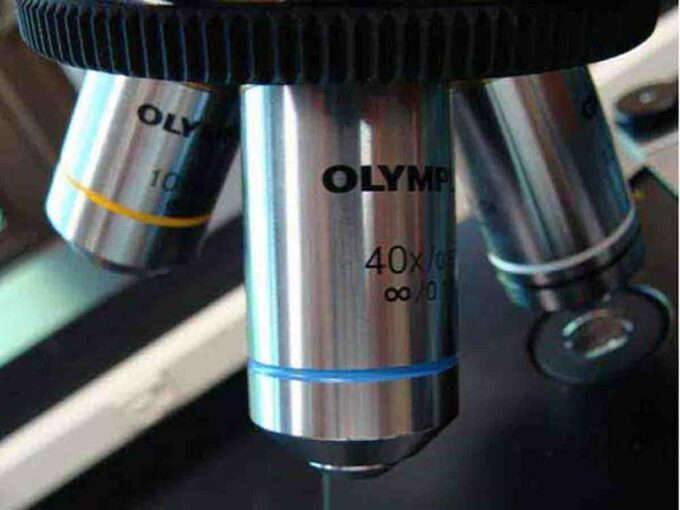
The optical microscopes are also being called light microscopes, so their name says it all. These microscopes use light for viewing objects or samples through its lens or lenses. But how do they use the light? All the optical microscopes from the last couple of centuries are different from the ones we have today, but the principle that they use is still the same.
In order to view a sample or an object, a beam of light has to be focused on the sample, so it goes through the lenses and it finds its way into the eye of the observer. Every optical microscope has something that’s called an eyepiece, apart from its magnifying lenses. It’s a part of the microscope that’s closest to the eye of the observer, and it allows them to look through the device projecting the real image.
Defining Digital Microscopes
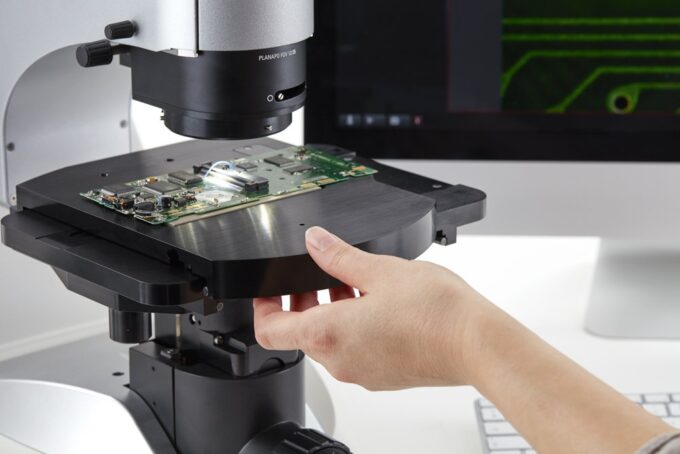
Today, when someone mentions microscopes, the first thing that comes to people’s minds are digital microscopes. They are new and modern, and people have heard about them in such a manner. But what are digital microscopes anyway? These microscopes are new in terms of using new technologies for viewing the samples, and by that we mean digital cameras and computer monitors.
These tools can be simple or they can have highly advanced technologies that use complex software, and perform complicated tasks. They are used in a plethora of industries – from medicine and forensics to industrial manufacturing. Here there are no eyepieces – instead of that there are digital cameras that allow the viewers to see the samples in real-time on their computers.
Are Digital Microscopes Better Optical?
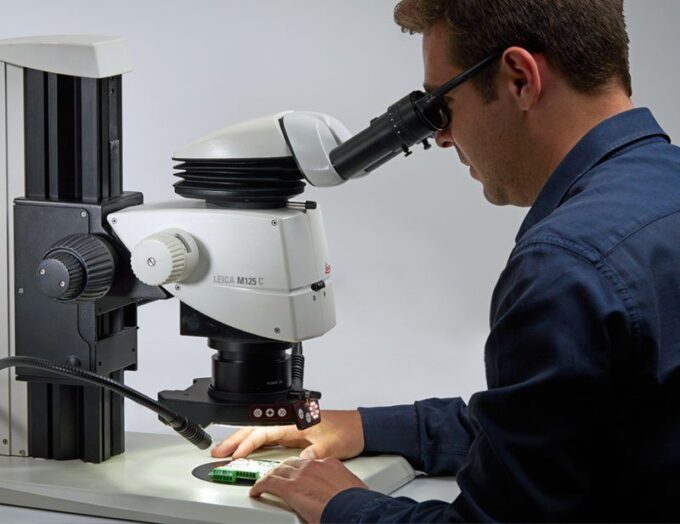
To be able to answer this question, we first need to address the relationship between optical and digital microscopes.
Both digital microscopes and optical microscopes have their own advantages

However, when it comes to the image depth – its 3D observations, it’s been shown that optical microscopes have a wider range of magnification power and can provide more detail, which is crucial for samples that are especially small in size. It’s also been proven that optical microscopes offer higher resolution images.
Digital microscopes are great for capturing images and real-time observing

They have a camera that transmits the image directly to the monitor, allowing the viewer to observe it in real-time, as well as to capture it right away. Their usage is simple and convenient for many laboratories.
In many cases, viewers will only need pictures, so digital microscopes can also be used without a computer, with a simple capture button. If you need the best from both worlds, there’s always a solution of combining optical microscopes with digital technology.
That being said if you need superb optics and resolution along with the significant magnification, but you also need the convenience of taking images or watching the samples in real-time on a monitor, you can add a digital camera to an optical microscope, just make sure to match the camera pixel resolution with the lenses that are being used.

